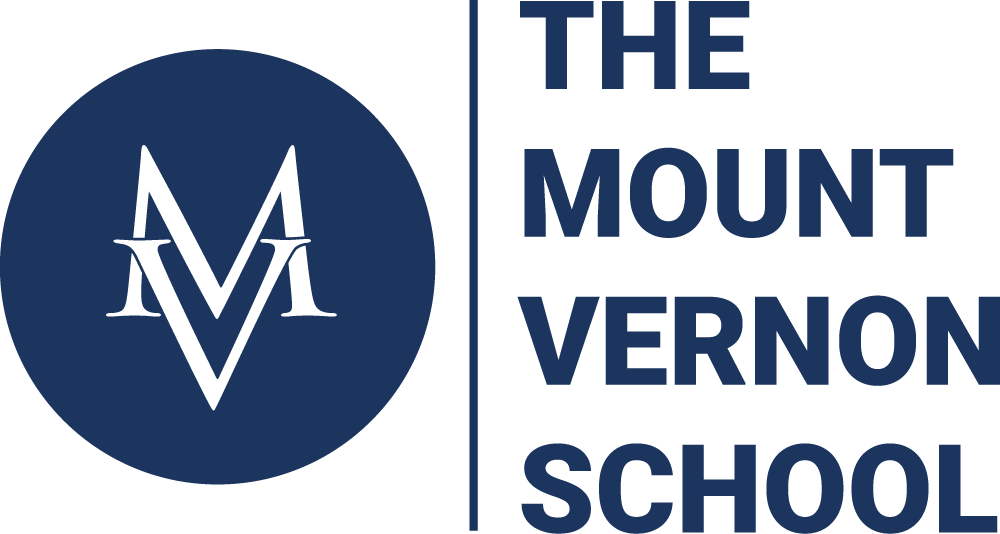Evidence MVPS Leads Way in College Readiness
We have long believed Mount Vernon students are more than the sum of a test. Similarly, many post-secondary institutions are adjusting the admission process to better assess a student’s preparedness for college–with a growing trend to become standardized test-optional. To better reflect those adjustments, the College Board recently announced a redesign of the SAT. The last SAT redesign occurred in 2005, with the new SAT mirroring a kaleidoscope combination of the former SAT, current ACT, and transdisciplinary learning already in practice at Mount Vernon Presbyterian School.
The new SAT will only impact current freshmen and younger students. In other words, the classes of 2015 and 2016 will not see any changes in their test taking experience. For the class of 2017 and beyond, the SAT changes will include:
- no penalty for wrong answers
- an optional essay instead of a required essay
- charts, tables, and graphs
- a more focused math section reflecting real-world math that does not always require a calculator
- less remote vocabulary words
- passages pulled from ‘founding documents’, like the Declaration of Independence, instead of random sources.
We will continue to monitor the changes as sample questions are rolled out later this year, and we remain excited about the shift. The redesigned SAT is a national-scale acknowledgement of what we at Mount Vernon already know and practice: that students are at their best when they are engaged in real-world, solution-based learning.
We are confident that our college-ready and globally competitive students will continue to find success on their paths to college and beyond.
Additional Resources:
College Board: Redesigned SAT
NY Times: The Story Behind the SAT Overhaul
NY Times: New SAT to Align with School Work
Wall Street Journal: College Board Shakes Up SAT
Bloomberg: College Board Redesigns SAT Exam
EdWeek: Khan Academy Partnership
EdWeek: Reactions to the Redesigned SAT
Washington Post: SAT Returning to 1600 Scale
Current & New SAT Comparison Chart
| Changes to the SAT | Current SAT (Class of 2014-2016) |
New SAT (Class of 2017 and beyond) |
| Scoring | · ¼-point penalty for wrong answers · Score is based out of 2400 — 800 for Math; 800 for Reading Comprehension; and, 800 for Writing |
· No wrong-answer penalty · Score is based out of 1600 — 800 for Math; 800 for Evidence-Based Reading and Writing. Optional essay will receive a separate score |
| Timing | · 3 hours 45 minutes | · 3 hours; 3 hours 50 minutes with optional essay |
| Administration | · Only available in print · Test focused on broad range of non-essential topics and content |
· Available digitally and in print · Fewer questions with a greater focus on in-depth analysis of content |
| Essay | · Essay is required · Students have 25 minutes to write a persuasive essay in response to a prompt · Accuracy of information not tested |
· Essay is optional · Students have 50-minutes to analyze document and draft essay · Essay requires students to analyze source documents and explain how the author builds an argument · Facts matter |
| Math | · Focus on wide array of topics · More emphasis on computational skills · Calculators permitted for all sections |
· Focus on 3 topics — problem-solving and data analysis, “the heart of algebra,” and “passport to advanced math” · 1) linear equations, 2) complex equations or functions, and 3) ratios, percentages and proportional reasoning · Real-world problem solving including analyzing data, charts, and graphs · Calculator no longer permitted for all math sections |
| Reading and Writing | · Writing score combines writing multiple-choice and essay · Reading section has two question types: sentence completion and passage-based questions |
· Reading and Writing sections combine into “Evidence-Based Reading and Writing” section · No Sentence Completions · Focus on real-world vocabulary-in-context as well as revising and editing writing in passages · Focus on analyzing Literature, Social Studies, and Science passages · One passage will be a Primary Source from American and/or World History, such as The Constitution or Martin Luther King, Jr.’s “I Have a Dream” speech |
| Other | · Income eligible students who take the new SAT, will receive four college application waivers · Khan Academy test prep partnership (free) |


